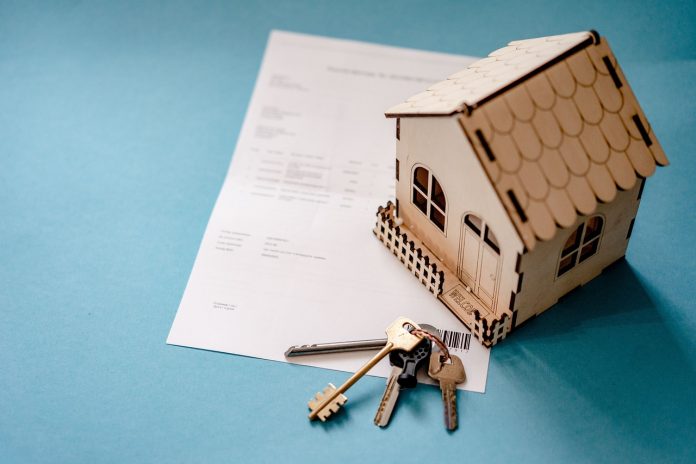Repo Rate is the interest rate that a country’s central bank charges commercial lenders when it lends them money. The Reserve Bank of India (RBI), which is India’s central bank, controls the amount of money in the economy with the repo rate. Repo rate means “repurchase option” or “repurchase agreement”. When commercial lenders need cash but don’t have enough, they borrow it from the central bank and pay it back at the repo rate. The central bank gives these short-term loans in exchange for government bonds or treasury bills.
Why Is Repo Rate Important?
The central bank uses this monetary policy to keep inflation in check or to give lenders more cash. When the RBI wants to keep prices down and limit borrowing, it raises the repo rate.
On the other hand, the repo rate goes down when more money needs to be put into the market to help the economy grow. If the repo rate goes up, commercial lenders have to pay more interest on the money they borrow from the central bank. Thus, they charge more money from the borrowers.
A change in the repo rate eventually always has an effect on public borrowings like home loans, EMIs, etc. Several financial and investment instruments are indirectly tied to the repo rate, such as the interest that commercial lenders charge on loans and the return on deposits.
When we talk about repo rate, talking about reverse repo rate is inevitable. The reverse repo rate is the interest rate that a country’s central bank pays commercial lenders to keep their extra money in the central bank. Here are the key differences between the repo rate and the reverse repo rate.
Repo Rate Vs Reverse Repo Rate
| Repo Rate | Reverse Repo Rate |
| The interest rate at which the Reserve Bank of India gives loans to lenders | The interest rate at which the Reserve Bank of India borrows money from lenders |
| It is used to either control inflation or inject more money in the economy | It helps the RBI keep track of the cash flow in the economy |
| It is higher than the reverse repo rate | The rate is much lower than the repo rate |
An important question to ask is can a commercial lender park all its money with the RBI if the reverse repo rate is lucrative or give enormous loans when the repo rate is low? No, and this can be explained with SLR (Statutory liquidity ratio)
What Is SLR?
The Statutory Liquidity Ratio, or SLR, is the minimum amount of deposits that a commercial lender must keep in the form of cash, gold, or other securities. It is basically the amount of money that lenders must have in their accounts before they can lend money to customers. Not the Reserve Bank of India (RBI), but the lenders themselves hold these. However, it is the RBI that decides on the SLR. Cash Reserve Ratio (CRR) and SLR have been used by the central bank of India for a long time to control credit growth, flow of money, and inflation in the economy.
What Is the Impact of Repo Rate Changes on You?
The Reserve Bank of India (RBI) raised the repo rate by 50 basis points on September 30, 2022. This brought it up to 5.90%. This is the fourth time this year that the repo rate has gone up. In this financial year as a whole, the RBI has raised the repo rate by 190 basis points.
So, how does it affect you, especially if you are planning to take out a home loan?
Most of the time, a low repo rate means that loans for the general public are cheap. Now, if commercial lenders borrow money from the RBI to pay for loans and the RBI lowers the repo rate, home loan interest rates also go down and the home loan EMI goes down when the home loan interest rate goes down.
On the other hand, when the repo rate goes up, lenders raise the interest rates on home loans, making them more expensive for customers. Higher interest rates are charged by lenders because the RBI and commercial lenders get the money they need by paying a higher interest rate. So, they have to raise the rates they charge for loans.
Borrowers must keep in mind that lenders usually take a while to lower their lending rates after the RBI cuts its rates. However, when the repo rate goes up, lenders raise interest rates right away. Borrowers can use a home loan EMI calculator to understand the impact of a repo rate increase/decrease on their EMI.
Final Thoughts
Repo rate has a strong effect on how much you pay back to the lender for a home loan. Let’s say you borrowed INR 50 Lakhs from Bajaj Housing Finance Home Loan. The home loan tenor is 20 years. If the interest rate is 9%, you would pay INR 44,986 per month in EMIs. Now, if the interest rate is reduced by 25bps, and we pass the complete benefit to you, your monthly EMI amount comes down to INR 44,186. Even though this may not seem like a big change at first, you could end up saving about INR 2 lakhs over the course of the loan, which is a huge amount.
Apart from this, if you are interested to know more about What is a Bond in Finance & How Do Bonds Work then visit our Finance category.











